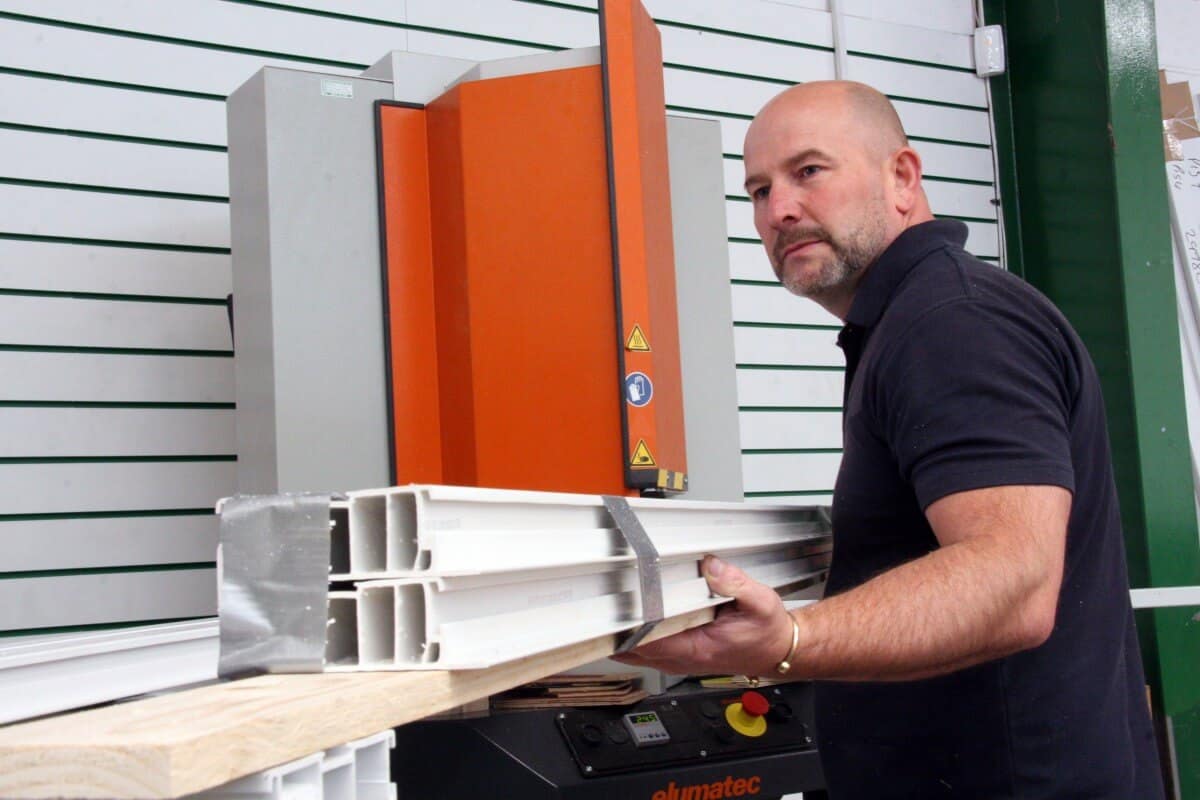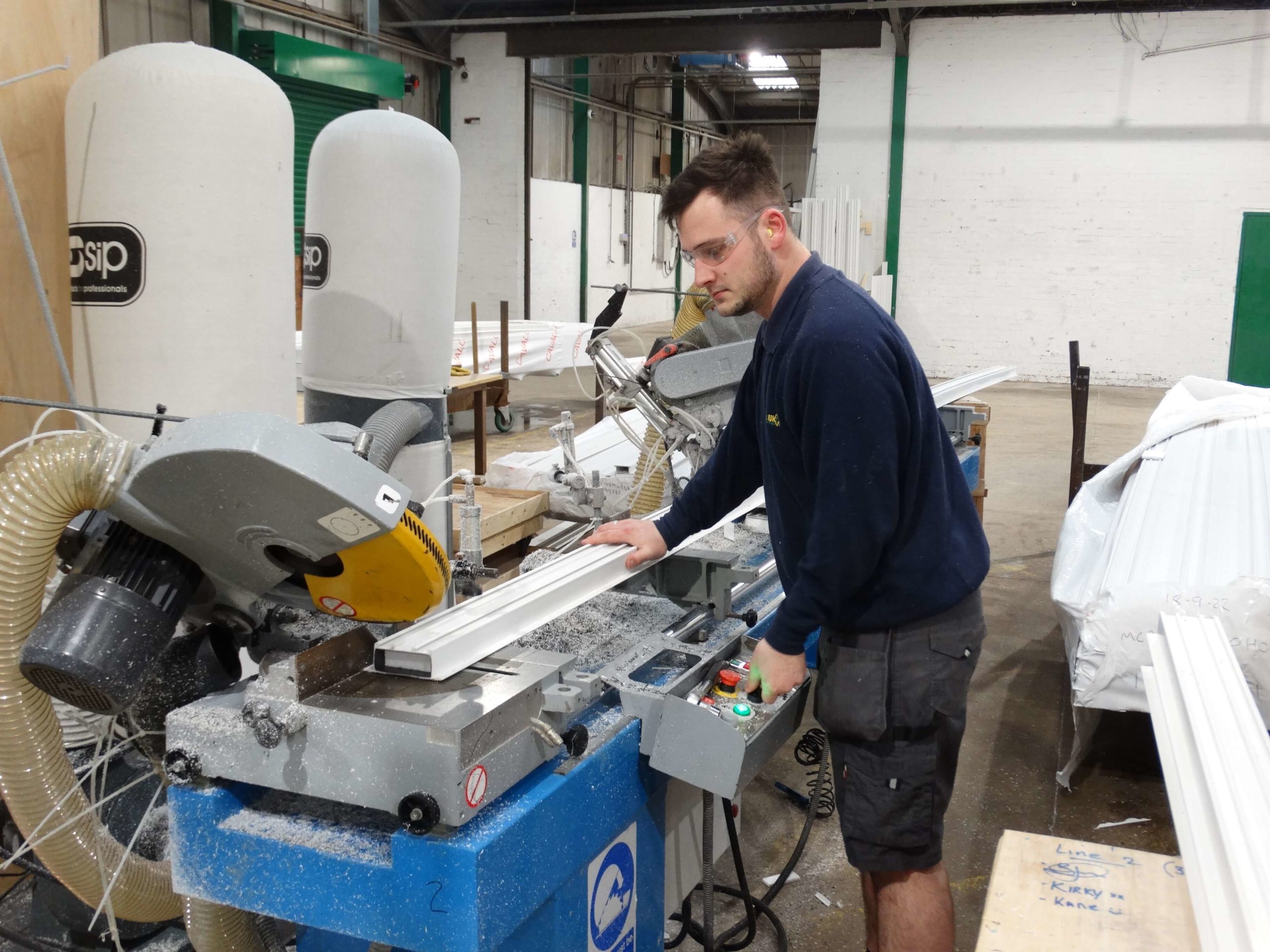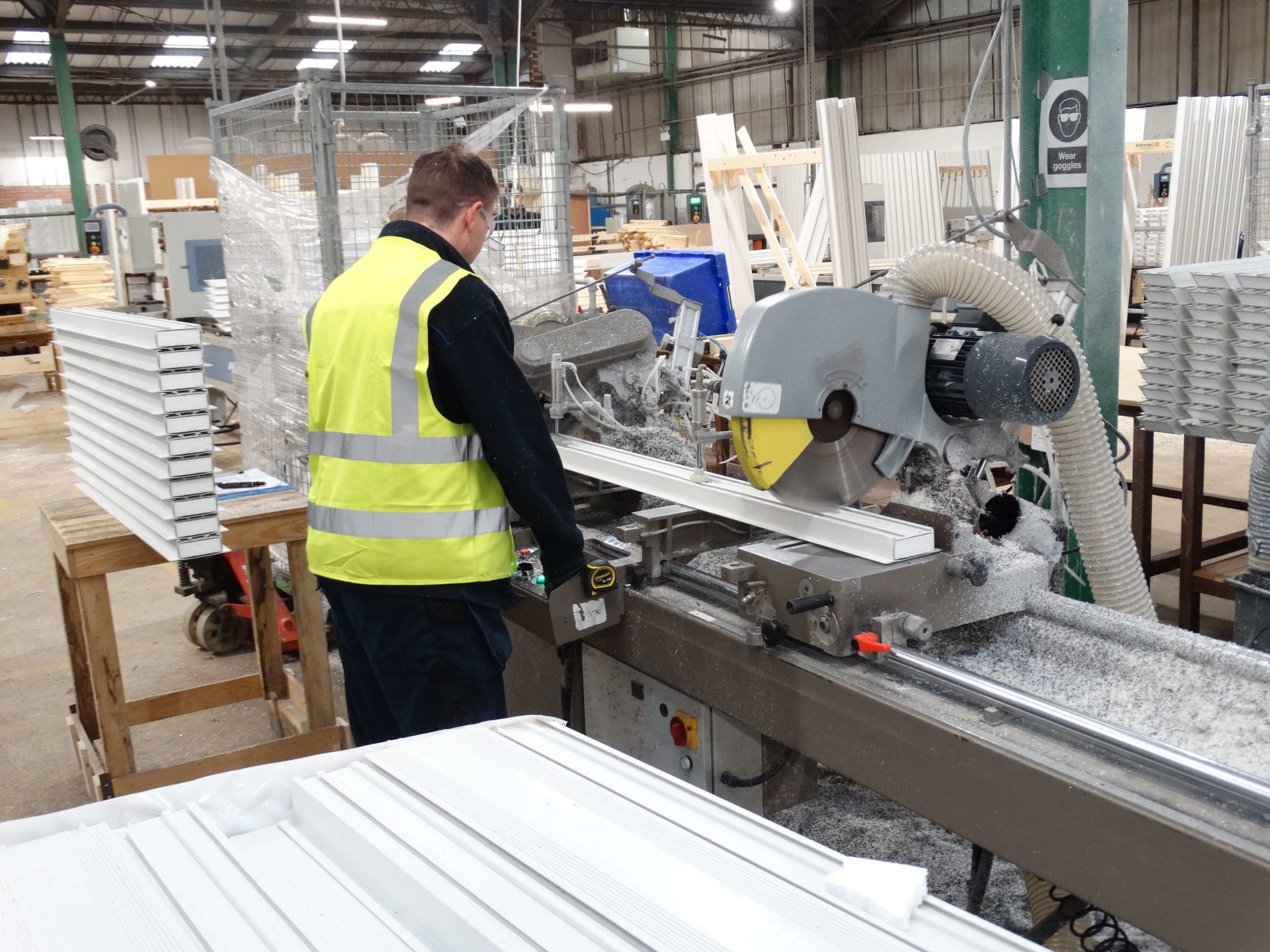What Is a Window Subframe and Why Do You Need One?

Regardless of the type of project you’re working on, ensuring that your windows fit perfectly and perform as they should is essential. It’s not just about meeting building regulations – although that’s important too – but about creating a home that’s comfortable, energy-efficient and built to last. There are two key components that make a big difference in achieving high-quality results: subframes and cavity closers.
While we’ve already covered what cavity closers are and how to install them, let’s now turn our attention to the role of a well-installed subframe.
What Are Window Subframes?
A subframe provides a supportive framework that fits between the wall aperture (or opening) and the window unit. Most walls aren’t perfectly level or square due to variations in construction or settling over time. By providing a precise and level base, the subframe corrects or prevents any imperfections in the wall, making sure the window unit is properly aligned and securely installed.
How it looks: A window subframe typically consists of a rectangular frame made from materials like timber or plastic composite. It surrounds the window unit and is custom-built to match the specific dimensions and specifications of the wall aperture.
When Do You Need to Use a Window Subframe?
In construction, it’s not a blanket legal requirement in the UK to use a window subframe for every window installation. However, there are specific Building Regulations and standards that must be met, and in many cases, using a subframe can help in ensuring a high-quality, durable and compliant window installation.
Here are some common situations where a subframe may be necessary:
- New Builds – In new construction projects, subframes ensure windows are properly aligned and supported from the start. This helps to establish a strong foundation for the entire building and prevent structural issues like sagging or misalignment.
- Large-Scale Projects – In projects with many windows to install, like blocks of flats, making sure that each window aperture is uniform in size and shape can be challenging and time consuming. Subframes help to simplify the installation process, providing a consistent framework for each window to fit perfectly without needing extensive adjustments.
- Renovations and Replacements – When replacing old windows, walls can become uneven or out of square due to settling, wear or previous construction practices. Subframes help to correct these irregularities, ensuring a precise fit and preventing problems such as draughts or water leaks.
- Custom or Non-Standard Windows – Custom window sizes and shapes, such as curved or geometric windows, can be difficult to align and support due to their unusual angles and dimensions. Custom subframes help to maintain these shapes and provide the necessary stability, while also preserving the intended design and look of the building.
Benefits of Using a Window Subframe
Adhering to Building Regulations for every construction project is essential to avoid penalties and protect people’s health, safety and welfare in and around buildings. Using window subframes offers numerous benefits that help to ensure compliance with these regulations while enhancing the overall quality and durability of your window installations.
Improved Energy Efficiency
Subframes provide a precise and stable framework for window installations, creating a tight seal around the window unit. This seal prevents heat loss and draughts, which are common issues with poorly fitted windows. This is particularly important for ensuring compliance with Part L of the Building Regulations, which sets the standards for the thermal performance of buildings. A properly installed subframe eliminates gaps and misalignments that could compromise the window’s performance, thereby enhancing the building’s overall thermal efficiency.
Structural Integrity and Longevity
A well-installed subframe acts as a solid base, supporting the weight of the window and distributing it evenly. This prevents undue stress on the window frame and the surrounding wall, reducing the risk of damage and ensuring that the window operates smoothly for years to come. By maintaining the overall stability of the building and preventing common issues like warping, sagging or misalignment over time, subframes ensure compliance with Part A of the Building Regulations. Part A focuses on the structural safety of buildings, ensuring they can withstand and safely distribute loads without causing instability or damage.
Protect Your Windows from Damage
When you have a subframe in place, the actual window doesn’t need to be installed until most of the building work is complete. The subframe acts as a placeholder, ensuring that the window space is properly prepared without exposing the window to the harsh construction environment. Once the building work is finished, the window is then fitted directly onto the subframe. This means the window is kept safe from scratches, marks and other damage that can occur during masonry work and rendering.
Simplified Installation of Cavity Closers
Cavity closers help prevent moisture ingress and improve thermal insulation around window openings, and a well-fitted subframe provides a solid and precise framework that makes fitting these closers much easier. When you have a subframe in place, it creates a stable base around the window opening where cavity closers can be accurately installed, fitting snugly against the subframe. This not only enhances the overall effectiveness of the cavity closers in sealing gaps and providing insulation but also speeds up the installation process, reducing the likelihood of errors or adjustments.
Subframes and Cavity Closers: The Perfect Pair
Essentially, using subframes and cavity closers together is a great way to improve the performance and efficiency of your building. While subframes provide the structural support and precision needed for a flawless window installation, cavity closers ensure airtight seals and improved thermal insulation. This combination not only meets Building Regulations but also creates a more comfortable, durable and energy-efficient environment to live and work in.
At Subframes UK, we specialise in manufacturing and supplying high-quality cavity closers designed to fit perfectly with your building’s subframes. As the UK’s leading manufacturer of cavity closer systems, our products are engineered to provide excellent moisture protection and thermal efficiency, making them an essential component for any construction or renovation project.
With our expertise and commitment to quality, you can trust Subframes UK to deliver cavity closers that enhance your building’s performance and longevity.
For quotations, product information or technical support, please contact a member of our team today.





